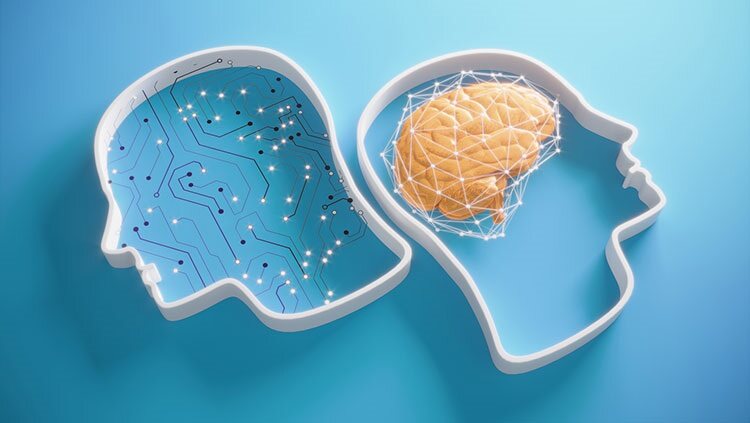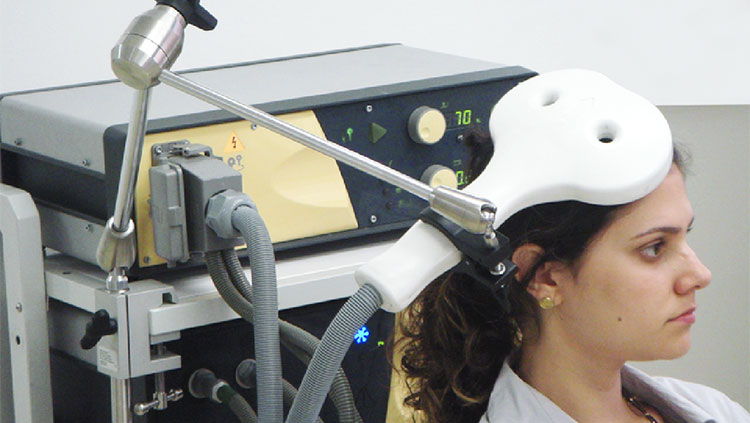Closing the Gap Between Cochlear Implants and Natural Hearing
- Published17 Sep 2014
- Reviewed17 Sep 2014
- Source The Dana Foundation
The cochlear implant is a near-miraculous device, widely considered the most effective brain-machine interface technology yet developed.
It works in the inner ear, where specialized “hair cells” of the cochlea normally transform sound waves into nerve impulses. In people whose hair cells are severely damaged or congenitally absent, the implant feeds tiny currents into an array of electrodes to stimulate auditory nerve fibers in their place. With the device, profoundly deaf people can hear well enough to understand speech—and children who had never heard at all can learn to speak.
It’s far from perfect, however. “Results with the cochlear implant are astounding,” says Allen Ryan, professor and director of research in otolaryngology in the department of surgery at University of California–San Diego. “But it doesn’t make hearing normal. Children never catch up to their peers in terms of language perception. They’re not able to follow melodies.”
Researchers are working to make this very good implant even better.
Highly imperfect pitch
Among the implant’s key limitations, Ryan says, are its ability to register differences in pitch and in volume. In the normal cochlea, sounds stimulate hair cells in a highly organized manner, the highest frequencies at the base and progressively lower frequencies as the cochlea winds toward its apex. Thousands of hair cells are distributed along the length of the cochlea; each responds to a narrow frequency band, and stimulates a single auditory nerve fiber in close proximity to it.
The implant has a processor that divides sound into frequency channels and distributes them among 22 electrodes at most. But the loss of precision just begins there. When hair cells die or fail to develop, nearby auditory nerve fibers atrophy, creating a wide “neural gap” between the electrodes and the nerves they are to stimulate.
Across this gap, "the current spread is very broad," says Ryan. Impulses from each electrode "stimulate large areas of the cochlea at one time,” merging frequencies, effectively, into five or six channels.
In recent years, researchers have tried to encourage auditory nerve fibers, or neurites, to regrow toward the cochlea, reasoning that closing the neural gap might sharpen users’ pitch definition and increase dynamic range. Much of this work has used diverse ways to deliver neurotrophins—nerve growth factors—to the area, with some success, he says.
One particularly promising approach, reported in Science Translational Medicine earlier this year, enlists the implant itself to place genes expressing brain-derived nerve growth factor (BDNF) directly in cells of the cochlea.
The researchers, led by Gary Housley, director of the translational neuroscience facility at University of New South Wales, Australia, used a process called electroporation: When exposed to electric current, pores in the cell membrane open, allowing large molecules to enter.
Conventional electroporation requires substantial currents and affects a wide swath of cells. The Housley team found "by chance and discovery" that far smaller currents delivered by the implant’s electrodes would open up relatively few cells nearby.
Their method, which they termed “close-field electroporation,” seemed a promising way to target gene therapy to the cochlear implant, Housley says: “it provided a reliable, controlled way to have DNA taken up by cells in close proximity to the electrode array." By injecting BDNF-expressing genes into the cochlea, he hoped to create a population of cells that would stimulate auditory nerve fibers to regenerate and grow toward the electrodes, narrowing the gap.
In fact, when the procedure was done with guinea pigs fitted with cochlear implants, within days atrophied auditory nerve fibers "swelled up and extended peripheral processes to where cells were producing neurotrophins, where the electrodes were," Housley says.
Functional assessment tests indicated “a very exciting" change in hearing, he says. In treated animals, it took much smaller currents through the implant to stimulate brain areas that respond to sound. As current increased, so did brain activation, suggesting that dynamic range—the ability to register differences in loudness—was much closer to normal than the narrow band typical with implants.
Whether treatment improved pitch sensitivity as well was not determined in this study. “It’s something we hope to measure in the near future,” he says. In theory, at least, more precise delivery of reduced current could "lend itself to a denser array of smaller electrodes, which would improve pitch perception further."
Beyond the cochlear implant, Housley’s electroporation technique could have broader bionic applications, a commentary in Science Translational Medicine suggests: Artificial retinas and deep brain stimulation also use electrodes, which might be similarly recruited to deliver therapeutic genes with precision.
"This is a really exciting paper," says Allen Ryan. For one thing, "the method of gene delivery into the ear is so compatible with the device itself, a simple procedure" that could be included while doing the surgery to place the implant.
A number of issues remain to be resolved: Would the treatment bring nerve fibers close enough to electrodes to improve frequency specificity? Could neurotrophin expression be extended indefinitely to maintain regenerated neurites? (The DNA effects in the experiment apparently ended after several months.)
That said, Ryan foresees clinical trials of strategies using neurotrophins within the next few years.
Ryan, who has collaborated with Housley on earlier research, is currently exploring other ways to bring nerve fibers and electrodes together, using biodegradable gels that incorporate microchannels. "Once neurites start to grow, they tend to grow randomly... we're providing a focused source to guide them toward the electrode array."
The possibility of combining his approach with Housley's is "something we've talked about," Ryan says; gene therapy could initiate neurite regrowth, which the gel might then direct for optimal effect.
Fine-tuning the implant
Meanwhile, Ryan says, "there's lots of research going on with other strategies… People are talking about focusing electrical signals to reduce the area of stimulation. And processing is an area that's been very successful." Fine-turning the way the sound signal is processed, in particular, could make the existing device more effective.
The distribution of electrical impulses among frequency channels is a complex business, says John Oghalai, associate professor of otolaryngology and director of the Children’s Hearing Center at Stanford University. "The question is how much power each electrode should deliver.
“Because the interface between electrode and nerve varies within and among patients, you have to program the device individually to send the proper amount of current, and sometimes change the frequency bands as well."
The usual programming method, which relies on patient feedback, is "very nonscientific at this point," he says. It "works surprisingly well with adults" who have lost their hearing but can remember well enough to say when it sounds right; "the real problem is with children who were born deaf and who don't know what sound is."
Oghalai's research, which was funded in its early stages by the Dana Foundation, aims to program the implant by monitoring activation patterns in the auditory cortex itself, using a non-invasive imaging technique called near infrared spectroscopy (NIRS). [See briefing paper “Visualizing Hearing: Brain Imaging May Improve Outcomes in Deaf Children with Cochlear Implants”]
Research at Oghalai’s lab, published this year in Hearing Research, showed that for normally hearing individuals, auditory cortex activation was significantly stronger in response to natural speech than to garbled speech.
In subsequent, as yet unpublished studies, his team found a similar pattern in people with cochlear implants who could understand speech well. In those whose implants were working poorly, however, the brain activated equally regardless of whether speech was natural or distorted.
This kind of information could, he hopes, point toward an objective way to program the implant, making adjustments at the time of insertion "according to the data NIRS is giving us." Ultimately, Oghalai speculates, the process might use machine learning protocols, so the device would fine-tune itself automatically, using feedback from the brain. "It could be like programming a voice recognition dictation device," he says.
- By Carl Sherman
CONTENT PROVIDED BY
The Dana Foundation is a private philanthropic organization that supports brain research through grants and educates the public about the successes and potential of brain research.


















